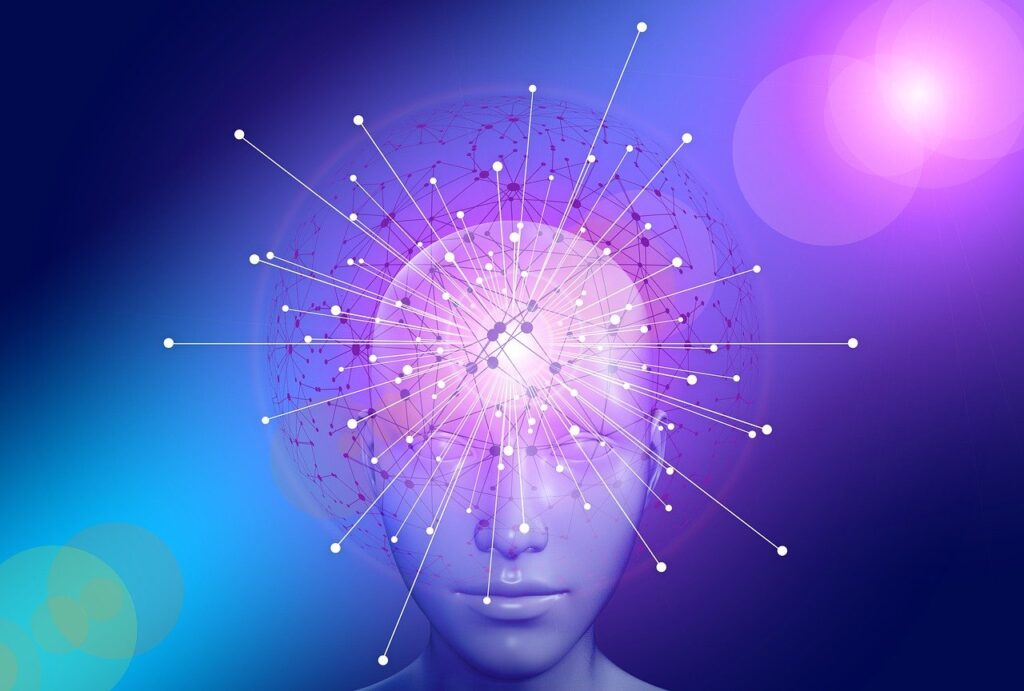In the ever-evolving world of cybersecurity, the emergence of AI-powered hacking represents a significant paradigm shift. The convergence of artificial intelligence (AI) and malicious intent is giving rise to a new generation of cyber threats. This article delves into the world of AI-powered hacking and explores what the future holds for cybersecurity in the face of these evolving challenges.

The Evolution of Hacking:
Hacking has come a long way from its early days of curiosity-driven explorations of computer systems. Today, it encompasses a vast array of activities, from simple data breaches to nation-state-sponsored cyber-espionage. While the motivations behind hacking may vary, the methods employed continue to evolve.
The Rise of AI in Hacking:
Artificial intelligence has made significant advancements in recent years, enabling machines to mimic human intelligence and perform tasks that were once exclusive to humans. Cybercriminals have recognized the potential of AI in optimizing hacking strategies, making attacks more potent, scalable, and difficult to detect.
AI-Driven Threats:
AI-powered hacking attacks encompass a broad range of techniques, many of which pose significant challenges for cybersecurity experts:
1. Automated Attacks: AI can automate various aspects of an attack, including reconnaissance, data exfiltration, and attack optimization. This reduces the need for human involvement and speeds up the attack process.
2. Polymorphic Malware: Traditional malware typically relies on predefined patterns or signatures, making it easier for security tools to detect. AI-driven malware, however, can constantly modify its code and behavior, making it difficult to identify and counteract.
3. Social Engineering: AI can analyze vast amounts of data to craft highly convincing social engineering attacks. Cybercriminals can use AI to create deceptive emails or messages that are more likely to trick recipients into taking actions harmful to their organizations.
4. Predictive Attacks: AI’s predictive capabilities enable hackers to identify vulnerabilities and weaknesses in an organization’s security posture. This allows them to target and exploit these weaknesses before defenders can implement necessary safeguards.
5. Evading Detection: AI can adapt to security measures and actively avoid detection by behaving more like legitimate network traffic. This makes it challenging for traditional security tools to differentiate between malicious and benign activities.
Challenges for Cybersecurity:
AI-powered hacking presents a formidable challenge to the field of cybersecurity. Traditional defense mechanisms, which rely on predefined rules, signatures, and human monitoring, struggle to keep up with the constantly evolving tactics employed by malicious actors.
1. Adversarial Attacks: Hackers can exploit AI’s vulnerabilities, using techniques known as adversarial attacks to manipulate AI algorithms and mislead security systems. This adds a layer of complexity to defending against AI-driven threats.
2. Privacy Concerns: AI-driven attacks often involve the collection and analysis of extensive data, raising concerns about user privacy and data protection. Striking the right balance between security and privacy becomes a critical challenge.
3. Ethical Considerations: The ethical use of AI in both offensive and defensive cybersecurity is a paramount concern. AI technology can be misused, raising questions about responsible AI use in the context of cybersecurity.
The Future of Cybersecurity:
As AI-powered hacking continues to evolve, the future of cybersecurity must adapt to meet these emerging threats. Defenders will increasingly rely on AI for protection, with machine learning models that can analyze network behavior, identify patterns, and automate threat detection and response.
Collaboration among governments, organizations, and cybersecurity experts will be pivotal in sharing threat intelligence and adopting a unified approach to combat AI-driven attacks. User education will also play a crucial role in raising awareness about the latest cybersecurity threats and best practices for protection.
Conclusion:
AI-powered hacking represents the future of cyber threats, introducing an era of unprecedented challenges for cybersecurity. While AI is harnessed by malicious actors to optimize attack strategies, it can also be used for defense. The responsible and ethical use of AI in both offense and defense is a crucial consideration.
As technology continues to advance, the battle against AI-powered hacking will require a concerted effort from organizations, governments, and cybersecurity experts. It’s a multifaceted endeavor that demands vigilance, adaptability, and responsible AI use to protect our digital world. In this evolving landscape, AI must be harnessed as a force for defending rather than attacking.